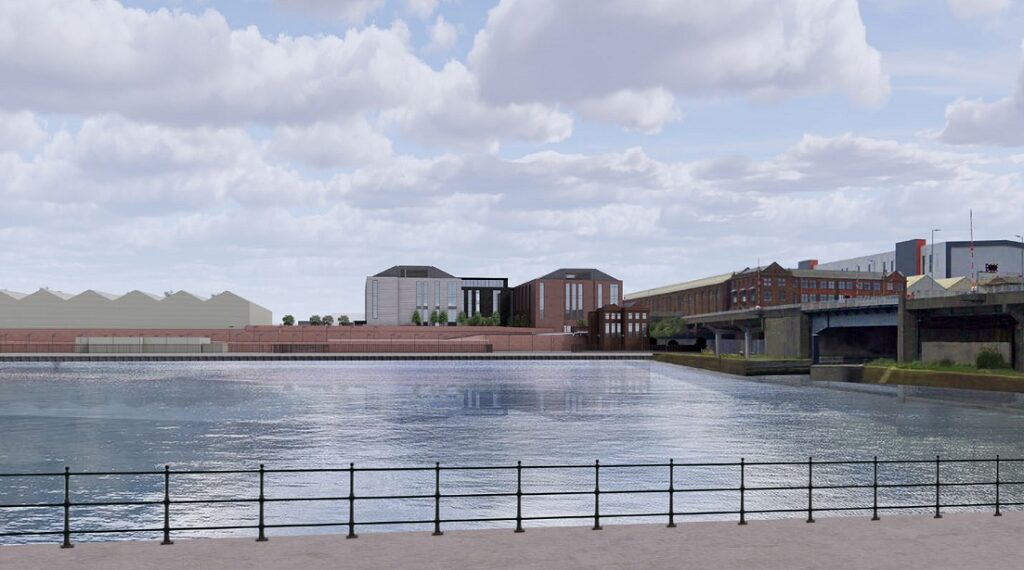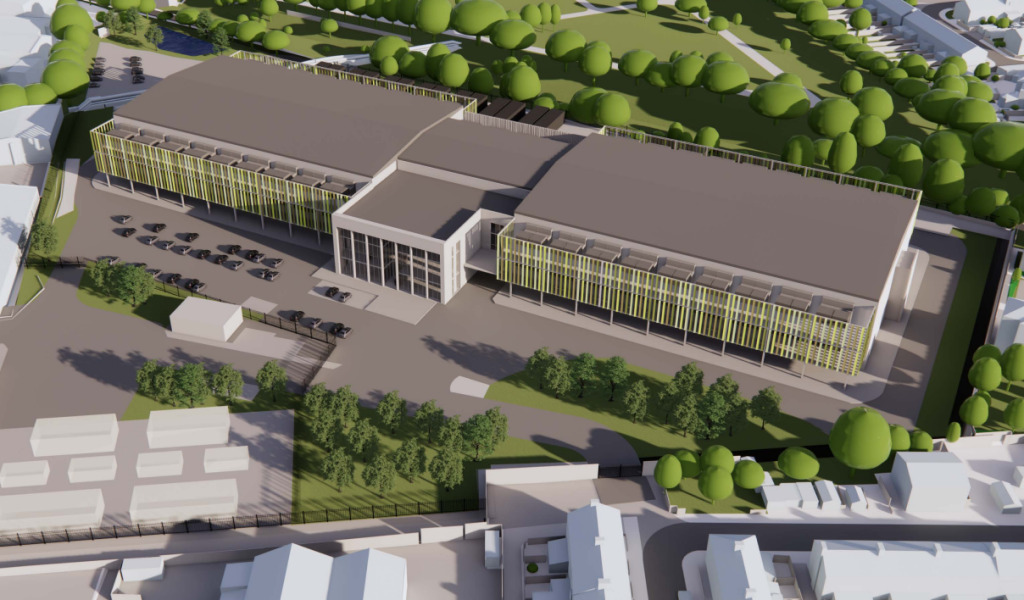What does the Internet of Things mean for property?
From opportunities to cut costs to the risks of running tech in buildings, James Shannon of essensys explains what real estate needs to know about the Internet of Things.
In one sentence, what is IoT?
The Internet of Things refers to network-connected physical devices, enabled by the coming together of powerful processors, wireless networks, sensors, machine learning and cloud computing.
What areas of an office have the most to gain from IoT devices?
Office occupiers are able to create better working environments through the use of environmental sensors, which transmit real-time data on temperature, humidity, CO2 levels and movement. Furthermore, energy monitoring devices can provide insight into the energy usage of lighting, cooling and heating, helping to improve energy efficiency.
Smart access controllers and digital signage all help to streamline and increase the operational efficiency of offices by providing touchless booking and access from the front entrance to lifts, meeting rooms and desks.
People counters are another new innovation propelled forward by the pandemic and the return to the office, accurately counting the number of people moving through a space as well as mitigating the risk of tailgating into secure areas.
What are the risks of having your building’s infrastructure connected to the internet?
Anything connected to the internet is potentially at risk from a malicious cyberattack and/or data breach. Connecting a building’s infrastructure to the internet therefore exposes any of its systems, which could result in anything from a building system failure or sabotage to data theft or corruption.
How do you mitigate those risks?
In order to take advantage of the many benefits of IoT, it’s critical to ensure adequate cyber security is in place in the form of sufficient firewalls. The attack surfaces of a building should be minimised through careful device configuration and the use of adequately secure data transmission protocols.
Any internet-connected building systems or IoT devices should also be segregated into separate virtual networks to mitigate the scale of any security breach in the event an internet-connected device is compromised.
How can a landlord determine whether an IoT device is safe to use?
Many IoT devices are mass produced with integrated software (commonly known as ‘firmware’) and may also be remotely upgraded. It’s critical to ensure not only the provenance and credibility of each type of device, in terms of manufacturer and component suppliers, but also the regular availability of vendor security updates.
Choosing vendors and devices that also adopt industry standard protocols, mutual authentication and mainstream cloud platform support provides additional comfort.
We keep hearing more about ‘Internet of Everything’. What’s the difference between that and IoT?
While the Internet of Things refers to connected physical devices, the Internet of Everything expands this scope to also include people and processes. This delivers the compound benefits of connecting devices, data, people and processes, thereby creating broader ‘connectedness’ as everything comes online to create even more compelling and connected experiences.
James Shannon is chief product and technology officer at essensys.




